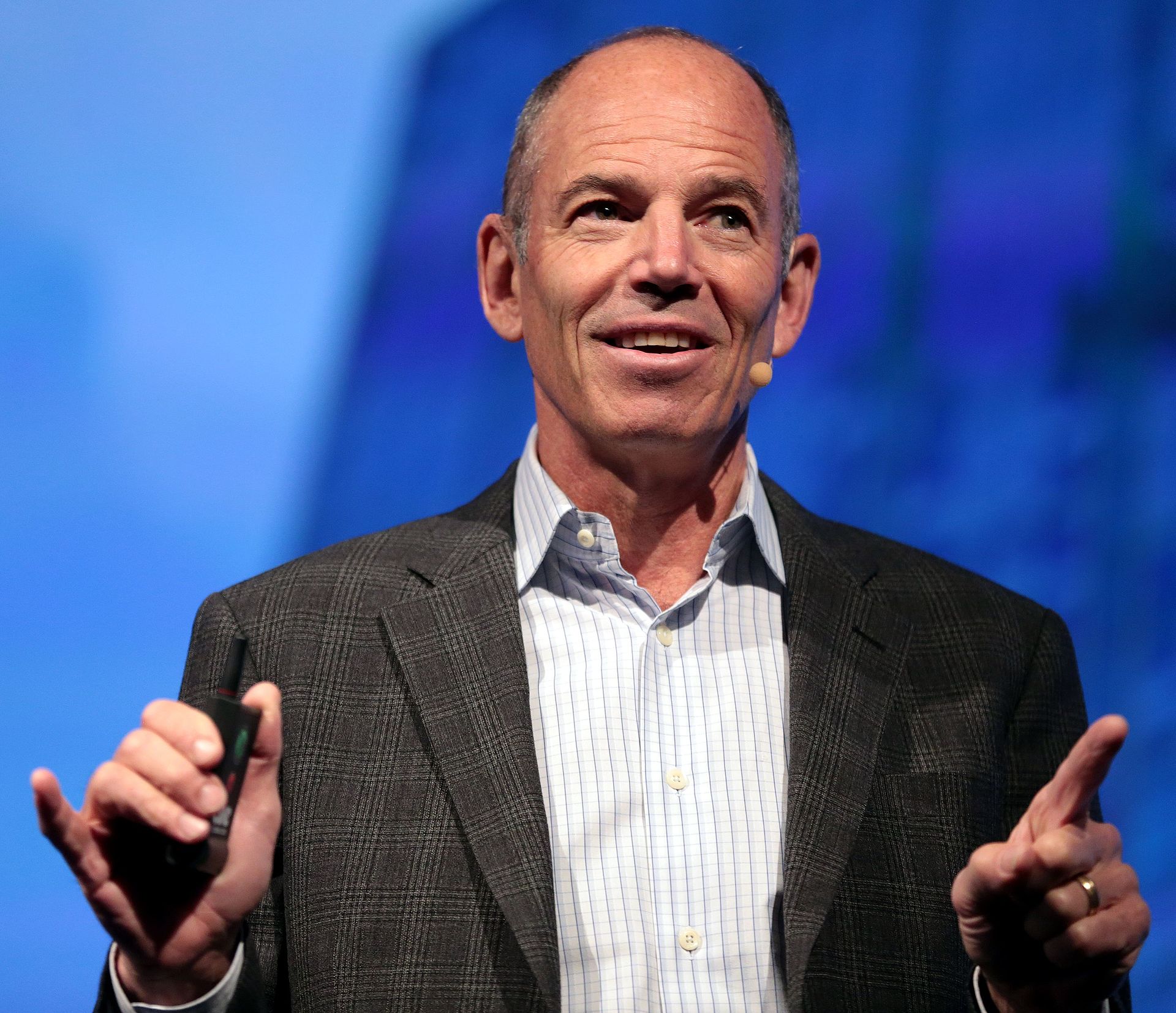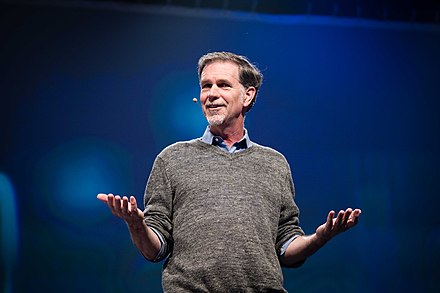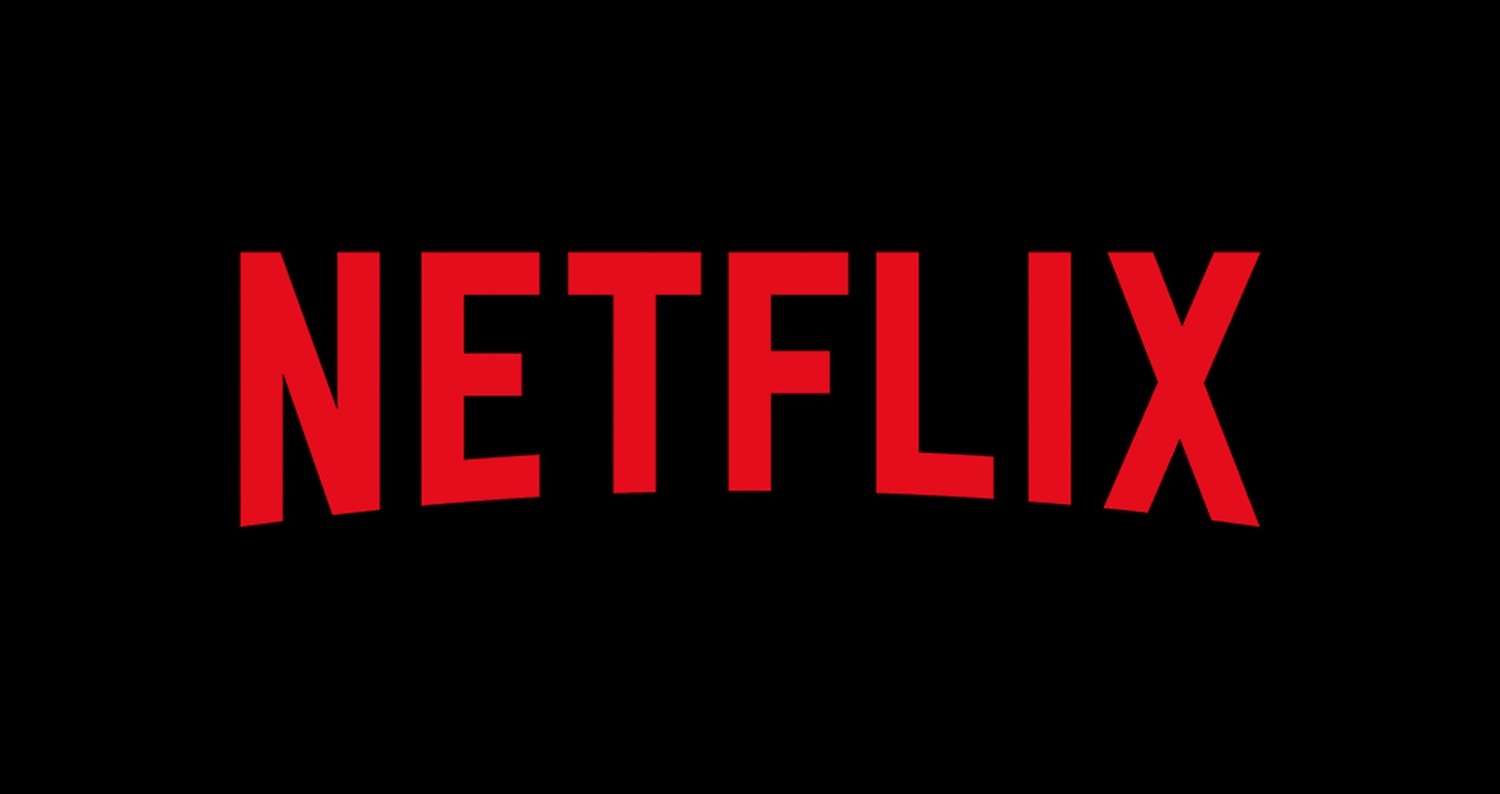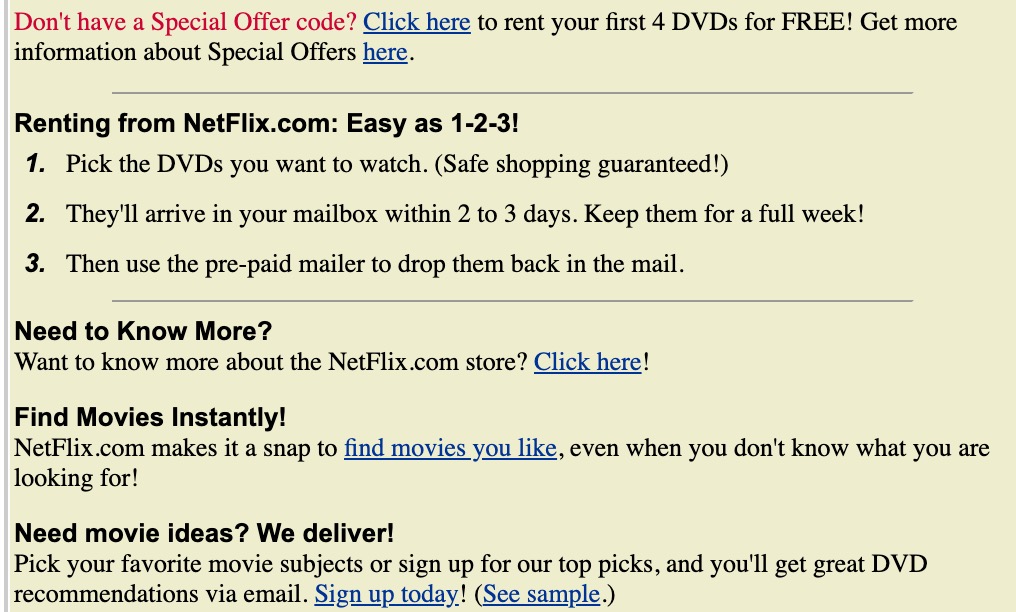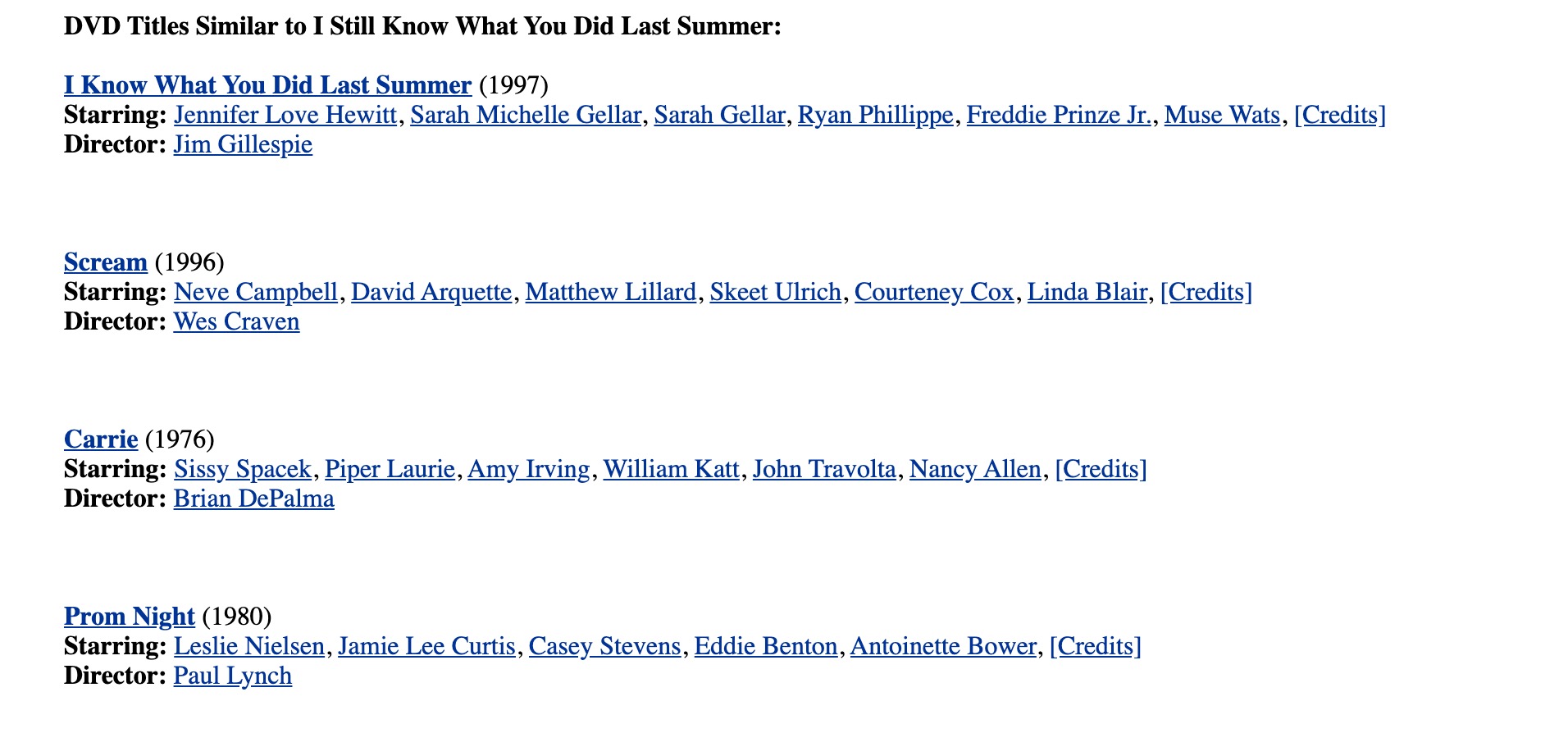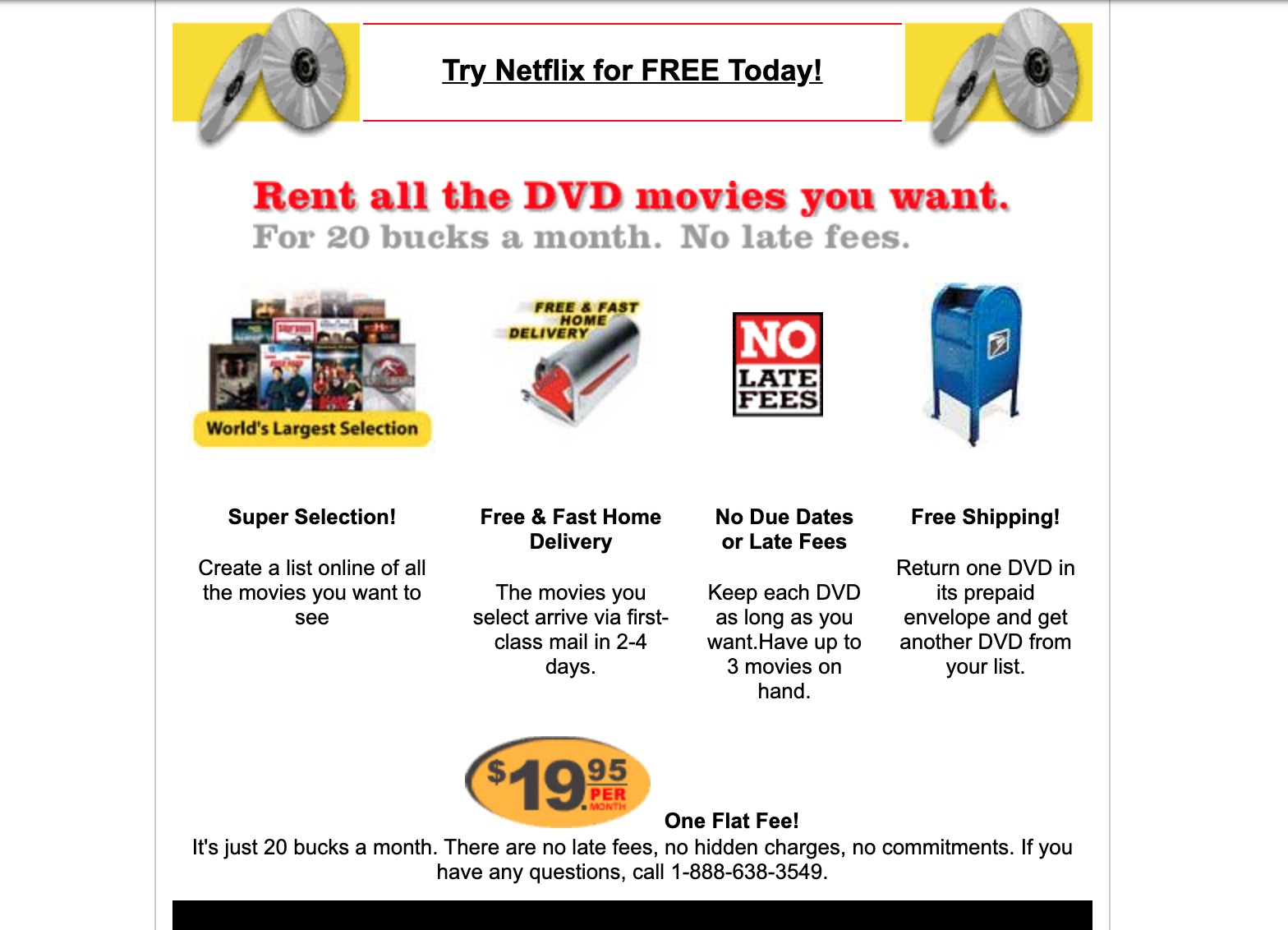Most people nowadays have Netflix associated with streaming movies, series and various shows. But Netflix has been on the market for much longer, and before it started providing this type of service, it distributed movies in a completely different way. In this article, let's recall the beginnings of the current giant called Netflix.
It could be interest you
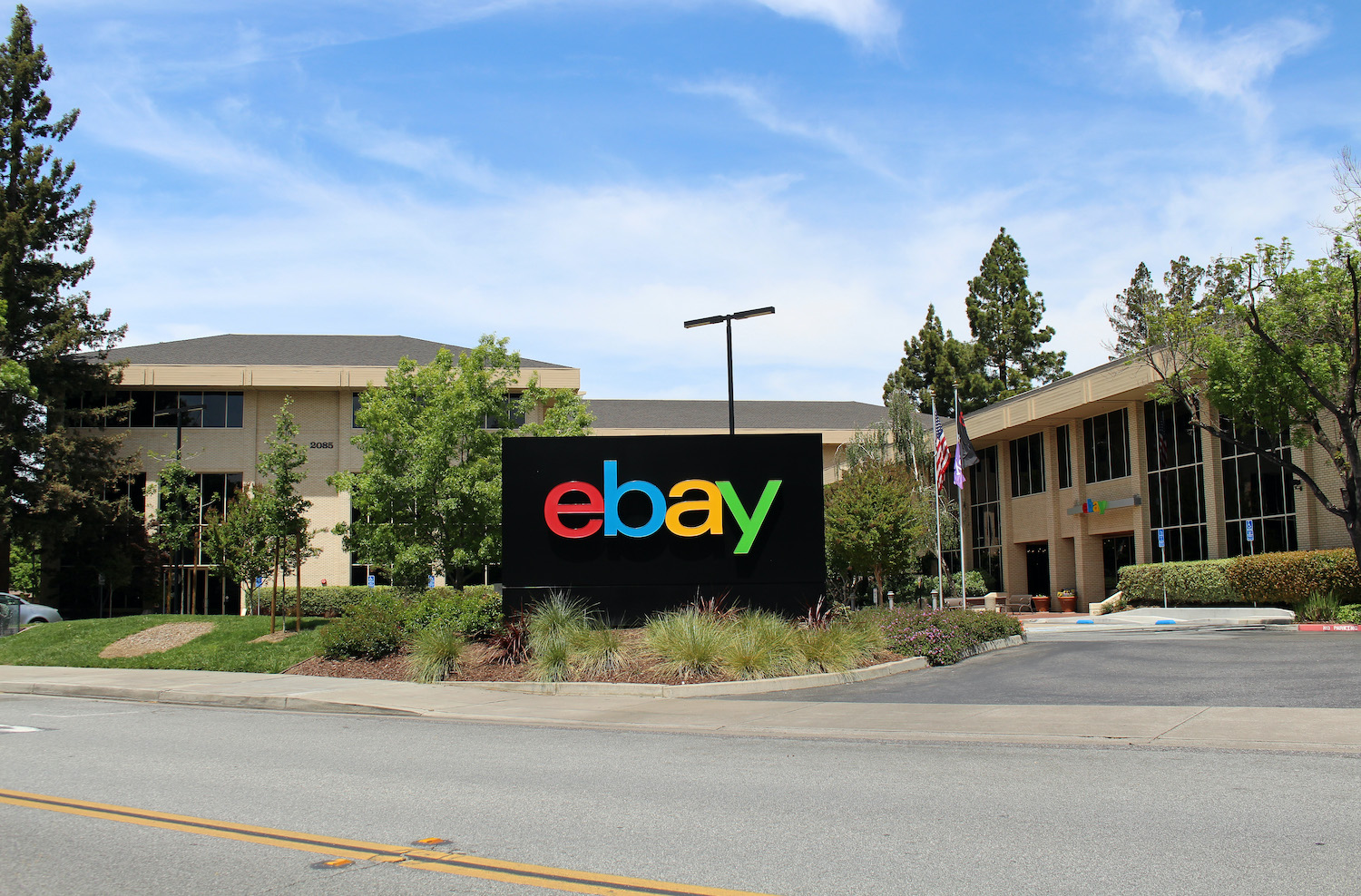
Founders
Netflix was officially founded in August 1997 by two entrepreneurs – Marc Randolph and Reed Hastings. Reed Hastings graduated from Bowdoin College with a bachelor's degree in 1983, completed his studies in artificial intelligence at Stanford University in 1988, and founded Pure Software in 1991, which developed tools for software developers. But the company was bought by Rational Software in 1997, and Hastings ventured into completely different waters. Originally an entrepreneur in Silicon Valley, Marc Randolph, who studied geology, has founded six successful startups over the course of his career, including the well-known Macworld magazine. He also acted as a mentor and advisor.
Why Netflix?
The company was initially based in California's Scotts Valley, and originally engaged in DVD rentals. But it was not a classic rental shop with shelves, a mysterious curtain and a counter with a cash register - users ordered their films through a website and received them by mail in an envelope with a distinctive logo. After watching the movie, they mailed it back again. At first, the rental cost four dollars, the postage cost another two dollars, but later Netflix switched to a subscription system, where users could keep the DVD for as long as they wanted, but the condition for renting another movie was to return the previous one. The system of sending DVDs by mail gradually gained great popularity and began to compete well with brick-and-mortar rental stores. The way of lending is also reflected in the name of the company - "Net" is supposed to be an abbreviation for "internet", "flix" is a variant of the word "flick", denoting a movie.
Keep up with the times
In 1997, classic VHS tapes were still quite popular, but the founders of Netflix rejected the idea of renting them at the very beginning and decided straight away for DVDs - one of the reasons was that it was easier to send by post. They first tried this in practice, and when the discs they sent home themselves arrived in order, the decision was made. Netflix launched in April 1998, making Netflix one of the first companies to rent DVDs online. Initially, there were less than a thousand titles on offer, and only a handful of people worked for Netflix.
It could be interest you
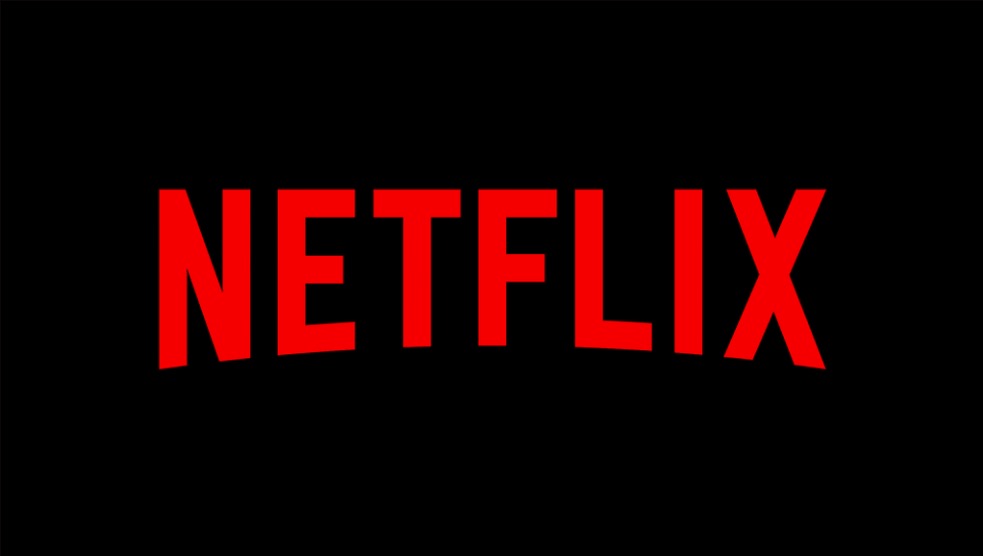
So time passed
A year later, there was a change from one-time payments for each rental to a monthly subscription, in 2000, Netflix introduced a personalized system of recommending pictures to watch based on viewer ratings. Three years later, Netflix boasted one million users, and in 2004, this number even doubled. At that time, however, he also began to face certain problems - for example, he had to face a lawsuit for misleading advertising, which consisted in the promise of unlimited loans and next-day delivery. In the end, the dispute ended with a mutual agreement, the number of Netflix users continued to grow in comfort, and the company's activities expanded.
Another major breakthrough came in 2007 with the launch of a streaming service called Watch Now, which allowed subscribers to watch shows and movies on their computers. The beginnings of streaming were not easy - there were only a thousand or so titles on offer and Netflix only worked in the Internet Explorer environment, but its founders and users soon began to discover that the future of Netflix, and thus the entire business of selling or renting movies and series, lies in streaming. In 2008, Netflix began to enter into partnerships with a number of technology companies, thus enabling the streaming of content on game consoles and set-top boxes. Later, Netflix services expanded to televisions and other devices connected to the Internet, and the number of accounts grew to a respectable 12 million.

In 2011, Netflix management decided to split DVD rental and movie streaming into two separate services, but this was not well received by customers. Viewers who were interested in renting and streaming were forced to create two accounts, and Netflix lost hundreds of thousands of subscribers in just a few months. In addition to customers, shareholders also rebelled against this system, and Netlix began to focus more on streaming, which gradually spread to the rest of the world. Under the wings of Netflix, the first programs from its own production gradually began to appear. In 2016, Netflix expanded to an additional 130 countries and got localized in twenty one languages. He introduced the download function and his offer was increasingly expanded to include more titles. Interactive content appeared on Netflix, where viewers could decide what would happen in the next scenes, and the number of different awards for Netflix shows was also increasing. In the spring of this year, Netflix boasted 183 million subscribers worldwide.
Sources: Interesting Engineering, CNBC, with the BBC
